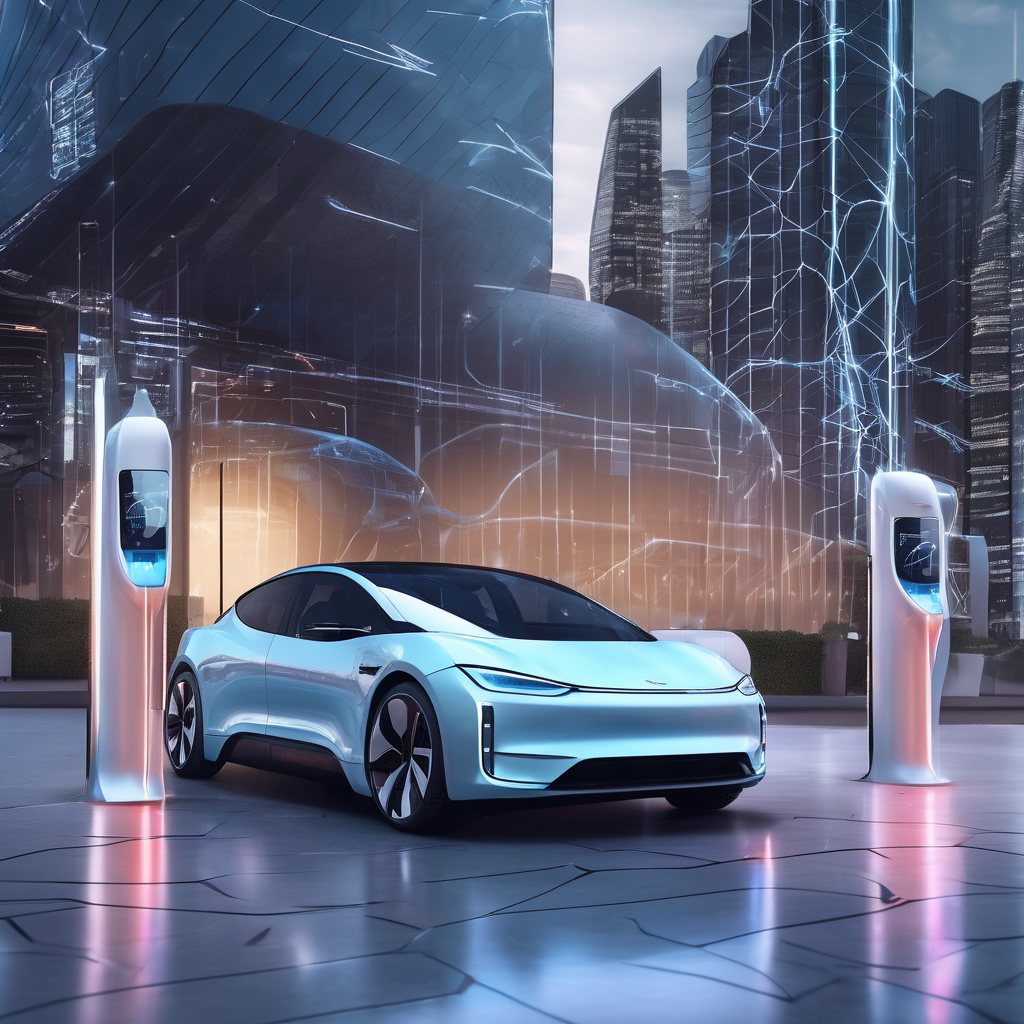
In the past two years, large frontier AI models, boasting billions to trillions of parameters, have gained significant traction, integrating into various applications and business tools almost daily. However, the rapid expansion of these resource-intensive models raises concerns about their sustainability. This has prompted major tech companies, including Microsoft, Google, and AWS, to explore nuclear power to support the massive data center infrastructure needed for future AI growth. While cutting-edge models from OpenAI, NVIDIA, Google, and Anthropic demonstrate unprecedented capabilities, they often exceed requirements for many applications, likened to using a Formula 1 car for daily commuting. Thus, there's a growing interest in smaller models, typically containing hundreds of millions to less than 10 billion parameters, that are efficient and cost-effective. NVIDIA recently introduced its NIM (NVIDIA inference Microservice) technology, which streamlines AI deployment and allows for industry-specific applications, such as drug discovery and code generation, while minimizing computational demands.
The collaboration between NVIDIA and Accenture exemplifies how specialized microservices and expertise can facilitate faster AI adoption in enterprises. Similarly, IBM unveiled its Granite 3. 0 models, competitive with Llama and Mistral, highlighting the effectiveness of small language models in various applications. IBM’s open-source solutions can be implemented on multiple cloud platforms, including its own watsonx, demonstrating a strong focus on enterprise needs. The future of enterprise AI looks toward a blend of models and adaptable infrastructure that prioritizes outcome-based projects, driving advancements in areas like automation and digital labor. The notion that a single, large-scale model can address all enterprise needs is misguided; many defined use cases would benefit more from smaller, specialized models that offer better energy efficiency and cost management, while simplifying data governance. Research into sophisticated AI will continue, but for many business applications, smaller foundation models represent a more sustainable approach. This not only allows for broader and more efficient AI deployment but also significantly reduces operational costs, making it an attractive choice for enterprises seeking to harness the potential of generative and agentic AI solutions.
Sustainable AI Deployment: The Shift to Smaller Models


Tinuiti, the largest independent full-funnel marketing agency in the U.S., announced the launch of its expanded AI SEO offering, reflecting the evolving nature of search and AI-powered discovery.

The video game industry is undergoing a transformative shift as developers increasingly incorporate artificial intelligence (AI) into crafting game worlds and character behaviors.

A recent extensive study analyzing 186,000 articles from the online editions of 1,500 American newspapers has found that approximately 9 percent of newly published articles are either partially or entirely generated by artificial intelligence (AI).

Today marks National Cheese Curd Day, a celebration especially beloved by our readers in Wisconsin, a state renowned for its cheese production and rich dairy heritage.

In recent years, artificial intelligence (AI) has evolved from a buzzword into a business essential, especially in the hotel industry.

Tesla is set to report its third-quarter earnings after the market closes on Wednesday.

The artificial intelligence (AI) market within the social media sector is experiencing remarkable growth, with forecasts predicting an increase from a market value of 1.68 billion US dollars in 2023 to an estimated 5.95 billion US dollars by 2028.
Automate Marketing, Sales, SMM & SEO

and get clients on autopilot — from social media and search engines. No ads needed
and get clients today